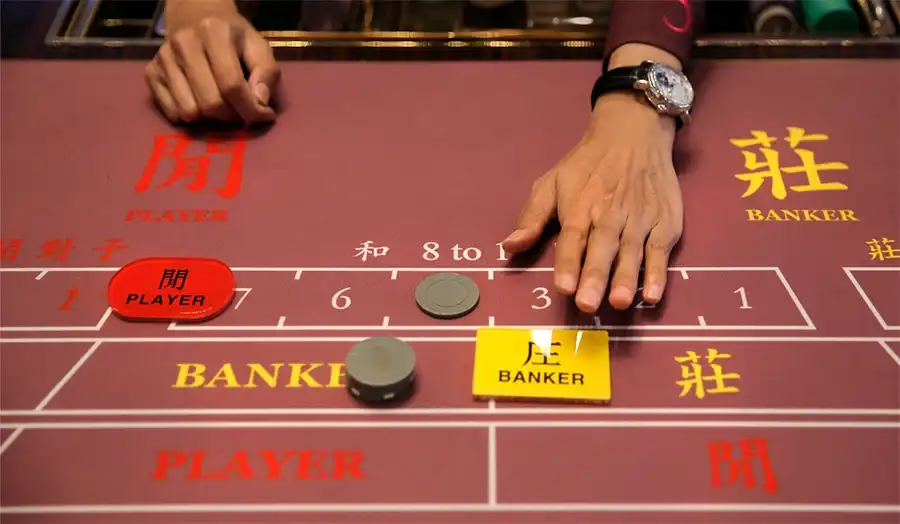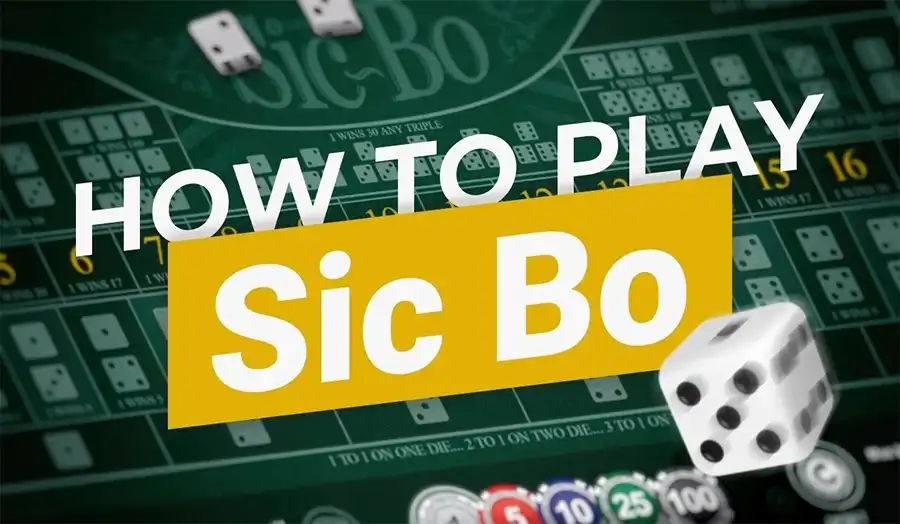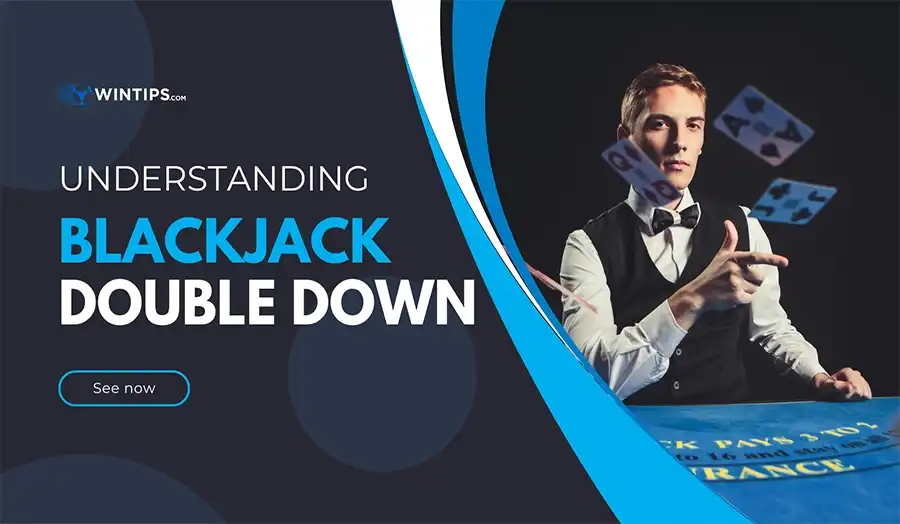The moment you sit down at a baccarat table - whether physical or online - you’ll likely see a digital scoreboard filled with red and blue orbs or green lines. For many players this display does more than just show wins and losses: it seems to whisper, “there’s a rhythm here”. That’s where the idea of patterns in baccarat comes into play.
Many ask to Wintips: “Is there a pattern in baccarat that can help me win more often?” The honest answer is that while no pattern can guarantee a win - since each hand is independent - understanding how to read pattern in baccarat can transform how you approach the game. It shifts you from reacting on hunches to acting with discipline.
What patterns actually represent
When people talk about patterns in baccarat, they’re often referring to visible sequences like streaks, alternations, or clusters of wins by Banker or Player. These appear because humans are wired to recognise visual sequences - we spot “three Reds in a row” or “alternating Blue-Red”. These sequences exist in the sense that they show past results, but they don’t impose the future.

What matters is not “predicting the next hand” but recognising when the table environment exhibits a stable trend - or when it doesn’t. For example, when derived roadmap tools like the Big Eye Boy, Small Road or Cockroach Pig show many red markers, it suggests consistency in the trend.
Disquantified
Thus, learning how to read pattern in baccarat becomes less about chasing the next win and more about interpreting the table’s mood.
Diving into the Scoreboards: The visual tools of reading patterns
While I won’t list every type of board in bullet form, it’s worth discussing how the major ones work and why they matter. The Big Road shows every Banker vs Player outcome in a matrix: whenever the winning side switches, a new column starts. Look at it and you’ll see vertical lines (streaks) or horizontal shifts (alternations). When you understand that, the scoreboard stops being decoration and becomes data.

Derived roads like the Big Eye Boy or Cockroach Pig go a layer deeper. They don’t show who won, but how predictable the game has been. For example, consistent red circles might hint the game is in a stable trend. On the other hand, a lot of blue circles could mean choppiness - frequent switches, no clear pattern. That alone can tell you: “Maybe now is not the best time to bet.”
Disquantified
Understanding the visuals gives you two advantages:
- You know when to sit out - if the board is erratic, forced bets are riskier.
- You know when to engage - when the board shows a clear run or rhythm, you might choose to follow or carefully challenge it.
Want to boost your skills? Learn how to always win at baccarat and turn patterns into real profits.
Realistic use of patterns: Not crystal balls, but strategic tools
Here’s where strategy meets reality. Recognising patterns does not mean you’re predicting the next hand. The math remains the same: the odds for Banker (~45.86%), Player (~44.62%) and Tie (~9.52%) don’t change.
So what do the patterns help with? They help you decide when to act, how aggressively to bet, and when to back off. Imagine you spot the board showing five Banker wins in a row, followed by a clear shift in derived roads suggesting consistency. At that moment you can decide: “Okay, maybe I’ll bet Banker with confidence - but I’ll cap my risk because the streak might end.”

Conversely, if the board is switching frequently - Banker, Player, Banker, Player - that indicates no consistent trend. Betting heavy in that environment becomes high risk. Many pros call this a “chop” shoe - unpredictable and better observed than engaged.
In short, you’re using patterns not as lies or illusions, but as context cues.
The psychology behind pattern tracking
One of the most important aspects of pattern reading isn’t the pattern itself - it’s how you respond to it. Because the human brain seeks order, it’s very easy to fall into pattern illusion - seeing something that feels consistent but is really random. On forums, players write:
Every hand’s outcome is independent of the last… but it’s comforting to our brains to see patterns.
This means: pattern reading can help you stay disciplined - when used correctly - but it also brings risk if it replaces logic. You still need bankroll control, defined limits, and the awareness that the house edge never changes. Use the board to guide your timing, not to convince you of “sure wins”.
Practical ways to implement pattern awareness (without getting lost)
Rather than listing strategies, let’s walk through how you might act around patterns during a session:
- Before you bet a penny, observe 6-8 hands. Track whether Banker or Player wins more than average, if streaks appear, and if derived roads look stable.
- If you spot a run of Banker wins and the scoreboard confirms a stable trend (red derived circles, for example), you might place a moderate Banker bet. But you should simultaneously set a pre-defined stop-loss for when the run ends.
- If the board flips frequently, signalling no trend, consider reducing bet size, sitting out when unsure, and reserving action for when a pattern emerges.
- Use pattern reading to manage bet timing, not to chase bets. When you see “something”, act - but when you don’t, step away.
- After any pattern-based bet, record what happened: whether the trend held, whether you lost when the trend broke, how much you lost or won. Over time you’ll refine how you react to the board.
When patterns fail (and what to do)
There will be shoes that look like trends then explode into chaos. Derived roads might go from all red to mixed blue/reds in one hand. Streaks end unexpectedly. That’s when pattern reading reveals its real value - knowing when to stop. One player on Reddit put it bluntly:
I used to chase patterns… then the shoe flipped and I lost big.
Don’t fall into the trap of “pattern turned bad = bet opposite aggressively”. That’s how many ruin bankrolls. Instead, when a pattern breaks: pause. Observe. Reset your criteria. Let the board show the next theme rather than forcing one.
Wrapping up
Ultimately, yes and no. Yes - you can trust them to give you context: is the shoe hot, stable, or erratic? No - you cannot trust them to guarantee outcomes. Each hand remains independent. Using how to read pattern in baccarat effectively means aligning your action with what the table is showing, while ever-mindful that nothing is fixed.
If you adopt this mindset and combine it with smart bankroll rules, your play becomes less about hoping and more about reacting intelligently. That alone separates casual bets from purposeful ones.
Continue reading: Baccarat probability calculator: How to predict and improve your chances







